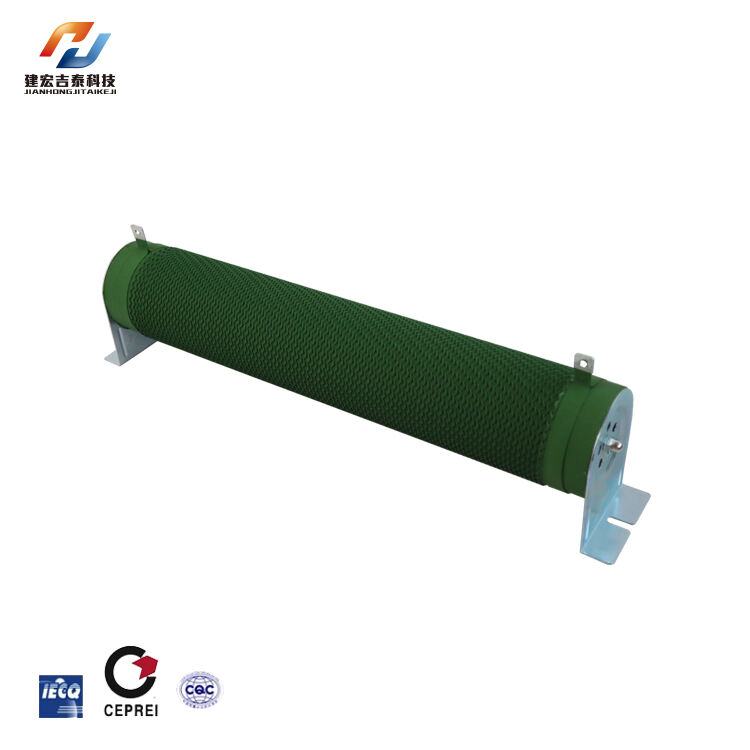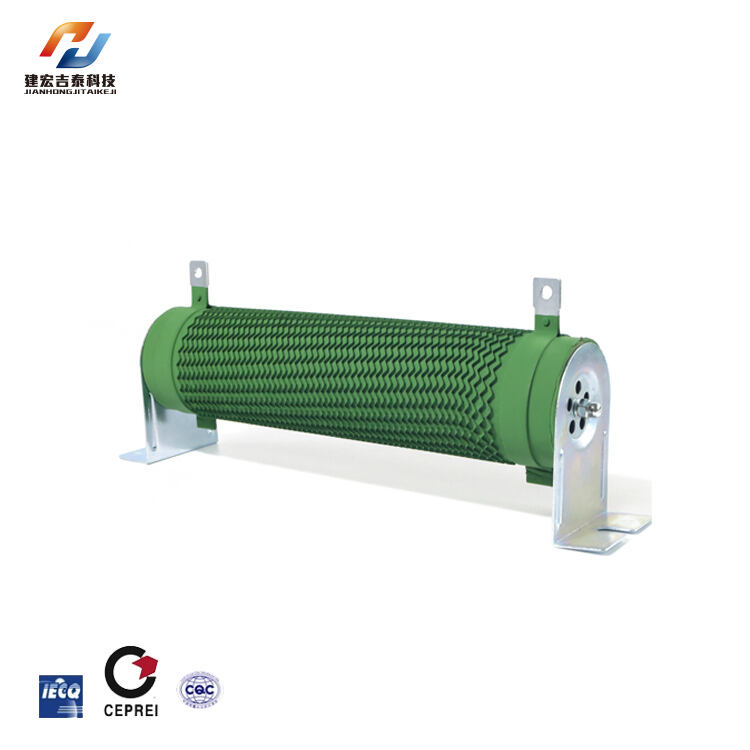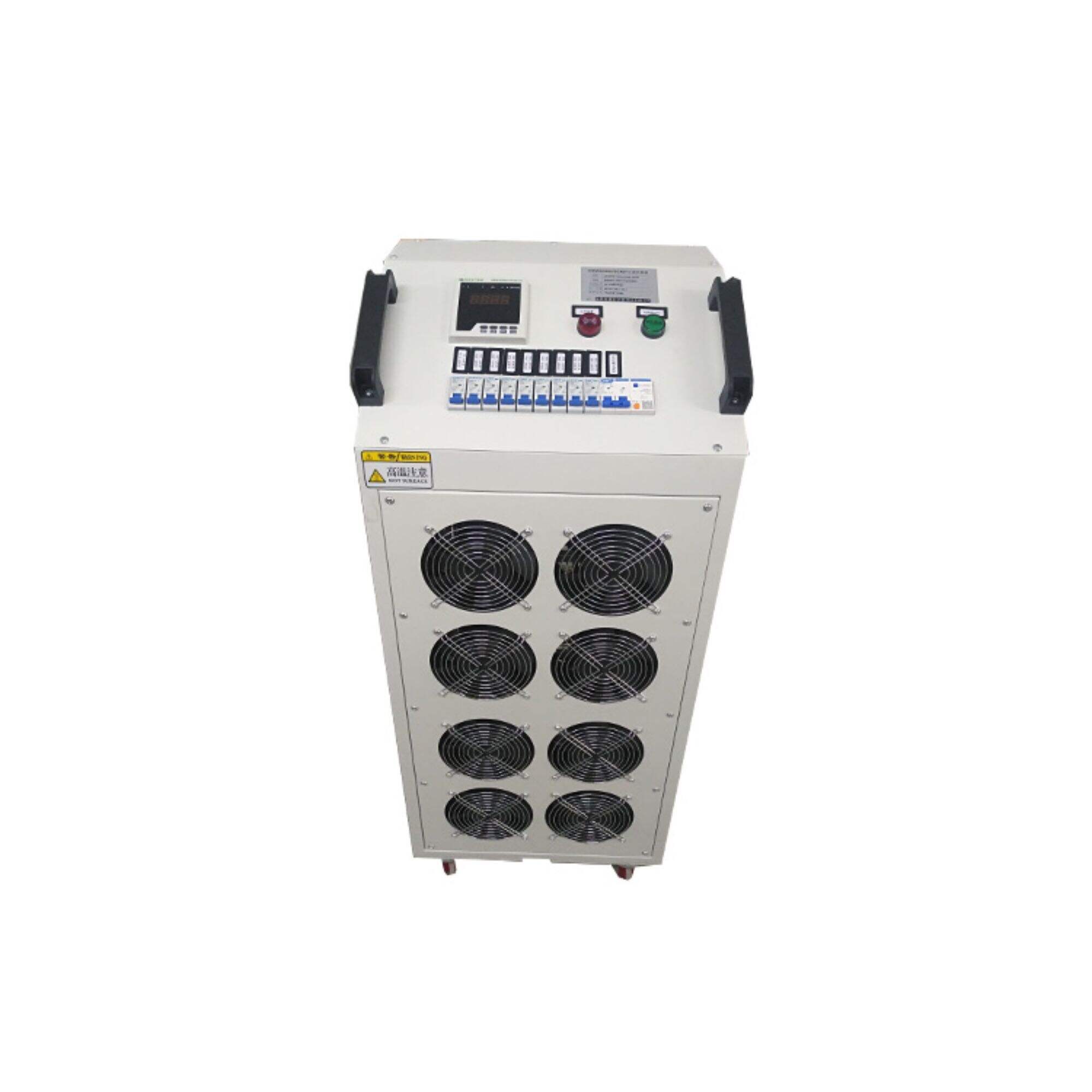Adjustable Resistor/Mastering Circuit Control: The Versatility of Adjustable Resistors in Modern Electronics
Variable resistor or potentiometer has more applications in the electronics. These are suited in a number of applications owing to their ability of adjusting various parameters in a circuit. Their understanding may lead to a better circuit design and more effective circuits working.
Adjustable Resistors and Their Applications in Contemporary Electronics
Fine Adjustment: Adjustable resistors enable an accurate step in varying resistance in electronic devices. This is very important for device calibration, level adjustment of signals and tuning the device performance within designed limits.
Biasing: A number of electronic circuits implement adjustable resistors in feedback paths aimed at stabilizing and controlling the operation of amplifiers and oscillators. This is done by varying the feedback level.
Adjustment of Audio Signals: Adjustable resistors can be found in almost all audio equipment in the volume and tone control circuits. They help to alter audio signals and reach a specified sound and volume.
Testing Engineers’ Standard Resistor: Adjustable resistors can belong to specialized equipment that is useful for mechanics. This helps the engineer give various levels of resistance and check the behavior of the circuit so that correct devices are obtained for different scenarios.
Adjustable Resistor Selection and Use Guides
Resistance Range: Identify the adjustable resistor having a resistance range suitable to the task at hand. There should be a sufficient demand for the range, covering the necessary resistance levels for efficient circuitry operation.
Power Rating: It is important to note that the power rating of the adjustable resistor has to match the requirements of the circuit. Adhering to proper power rating reduces the chances of overheating, and subsequent failure of the device, and ensures dependable operation.
Tolerance and Stability: Use resistors with low tolerance and high stability in a bid to enhance efficiency and reliability. In very sensitive settings, even the slightest deviation is likely to affect the performance of the system and such variations are hence undesirable.
Style and Mounting: Evaluate the style and mounting type of the adjustable resistor. Enclose or dispose of the form in a manner that suits the permissible space on the arrangement and can be conveniently calibrated.
Conclusion
In the present day electronics, control of circuits can not be handled well without the help of adjustable resistors. Their functions to control circuit feedback by adjusting resistance, apply it in key areas that require user engagement among other uses show their functionality. You can support better circuit design and guarantee a high level of efficiency in different electronic devices by making an appropriate choice of the adjustable resistors in terms of resistance range, power rating, tolerance and form factor.
Recommended Products
Hot News
-
What Are The Functions Of The Ac Load Box For Power Supply Detection And Maintenance
2024-01-11
-
The Use Characteristics And Methods Of The Load Bank Of The Generator Set
2024-01-11
-
The function of the load bank
2024-01-09
-
Explore The Types And Characteristics Of Resistors: Fixed And Variable Resistors
2024-01-09
-
How Resistors Work And Their Applications In Circuits
2024-01-09
-
Load Banks: Ensuring Optimal Performance in Power Testing Environments
2024-10-21
-
Exploring the Advantages of Wirewound Resistors for Precision Applications
2024-10-14
-
Understanding the Benefits of Aluminum Resistors in High-Performance Applications
2024-10-08

 EN
EN
 AR
AR
 BG
BG
 HR
HR
 CS
CS
 DA
DA
 NL
NL
 FI
FI
 FR
FR
 DE
DE
 EL
EL
 IT
IT
 JA
JA
 KO
KO
 NO
NO
 PL
PL
 PT
PT
 RO
RO
 RU
RU
 ES
ES
 SV
SV
 TL
TL
 ID
ID
 LT
LT
 SR
SR
 SK
SK
 UK
UK
 VI
VI
 HU
HU
 TH
TH
 TR
TR
 AF
AF
 MS
MS
 GA
GA
 BN
BN
 LO
LO
 LA
LA
 NE
NE
 MY
MY
 UZ
UZ













